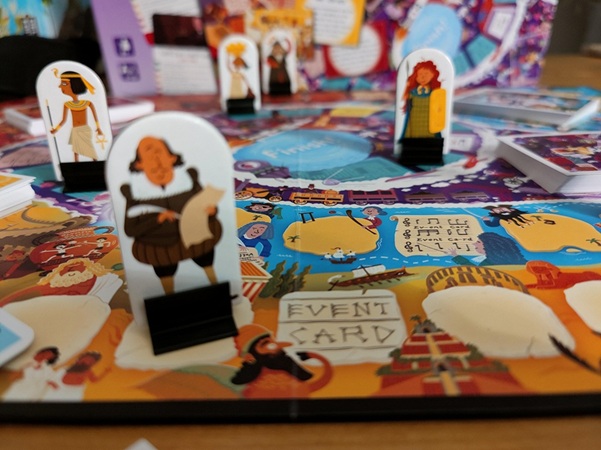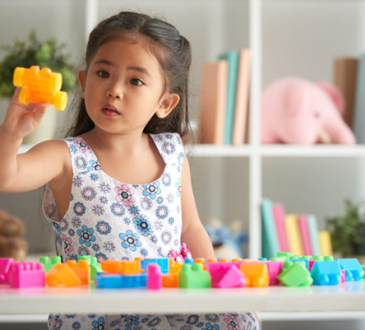
In classrooms and educational settings, history and cultural studies often face the challenge of keeping students engaged while fostering deep understanding. Traditional methods like lectures, readings, and documentaries provide knowledge, but they may not always spark excitement or immersive learning.
That’s where custom board games come in – innovative tools that make exploring history and culture interactive, fun, and memorable.
Why Board Games Work in History and Cultural Education
Board games are more than just entertainment. They combine storytelling, strategy, and collaboration, which aligns perfectly with the goals of teaching history and culture. When designed thoughtfully, custom board games can:
- Bring abstract concepts to life: Students can experience the rise and fall of civilizations, reenact historical events, or role-play cultural practices.
- Encourage critical thinking: Players must make decisions within historical or cultural contexts, learning cause-and-effect relationships.
- Promote empathy and perspective-taking: By stepping into the shoes of people from different times and places, players develop greater cultural understanding.
- Foster collaboration and dialogue: Group play encourages discussions, reinforcing lessons through peer-to-peer learning.
Examples of How Custom Board Games Teach History and Culture
1. Reenacting Historical Events
A historical board game can simulate the American Revolution, the Ming Dynasty’s trade routes, or the construction of the pyramids. Players may take on roles such as leaders, merchants, or workers, making choices that affect the game’s outcome while learning the complexities of history.
2. Cultural Exploration Through Gameplay
Games can highlight traditional practices, foods, festivals, and art forms of different cultures. For example, a board game focused on the Japanese Edo period might incorporate tea ceremonies, kabuki theater, and trade routes, giving players a well-rounded cultural perspective.
3. Geography and Migration
Custom maps and game boards can depict ancient trade networks, the spread of religions, or migration patterns. By moving pieces along these routes, students visualize cultural exchanges and historical developments in a dynamic way.
4. Language and Storytelling
Incorporating cultural storytelling, proverbs, or native languages into game mechanics introduces players to unique perspectives. For instance, a game based on African folklore could feature character cards drawn from traditional stories.
Benefits for Classrooms and Museums
- Classrooms: Teachers can use custom games as supplementary tools to reinforce lessons. Games serve as active learning experiences, especially for kinesthetic and visual learners.
- Museums and Cultural Centers: Interactive board games offer visitors an engaging way to connect with exhibits, making history and culture tangible and participatory.
- Family and Community Learning: Custom board games designed around local history or heritage promote intergenerational learning and pride in cultural identity.
Designing Effective Custom Board Games for Education
To be truly effective, educational board games should balance accuracy, playability, and engagement. Key design considerations include:
- Age-appropriateness: Rules and content should be tailored to the target learners.
- Collaboration over competition: Cooperative games often work best for teaching, encouraging teamwork rather than individual victory.
- Narrative-driven play: Embedding historical or cultural narratives makes the learning experience immersive.
- Visual appeal: Well-designed boards, cards, and pieces make the game attractive and easier to understand.
- Replayability: Games should offer new learning opportunities each time they are played.



